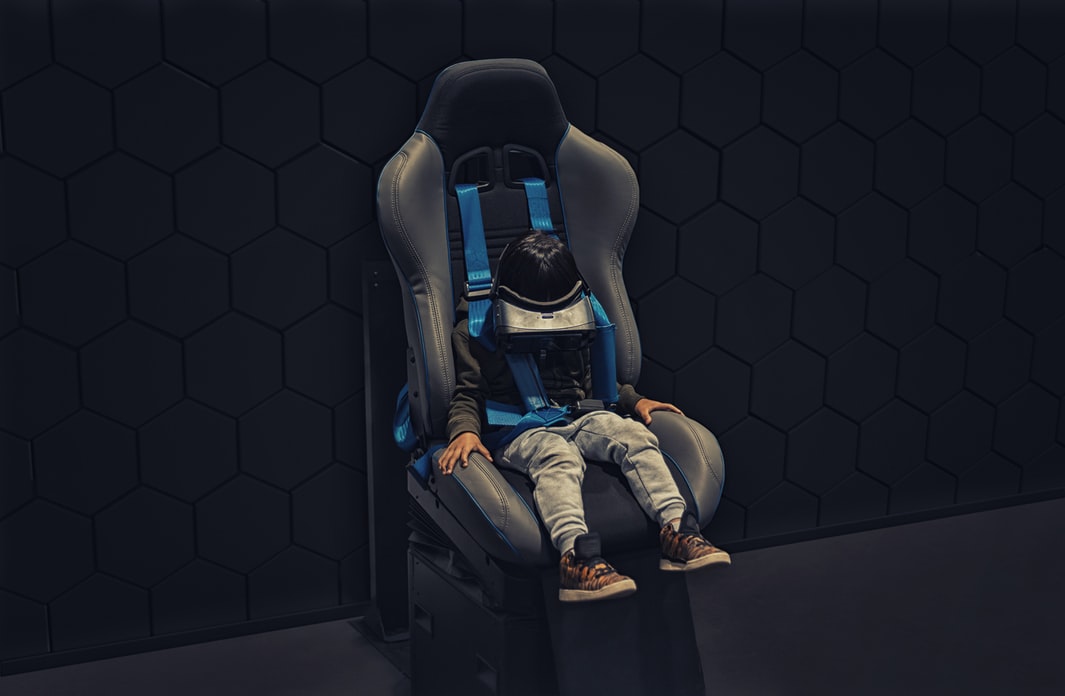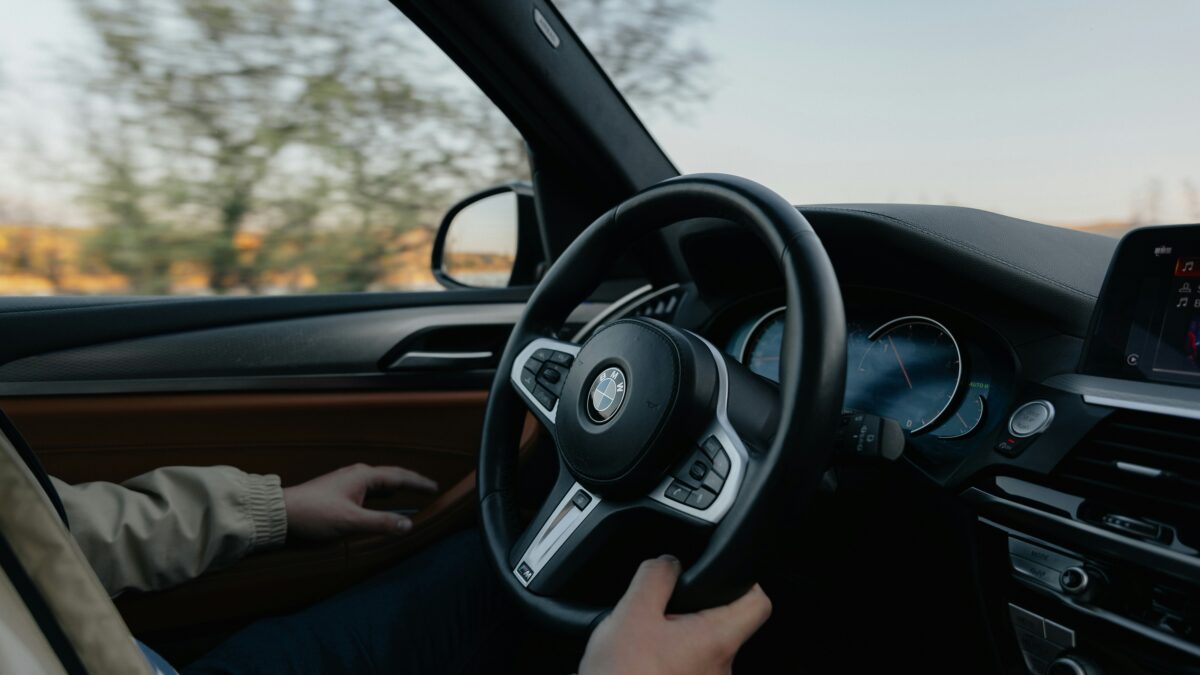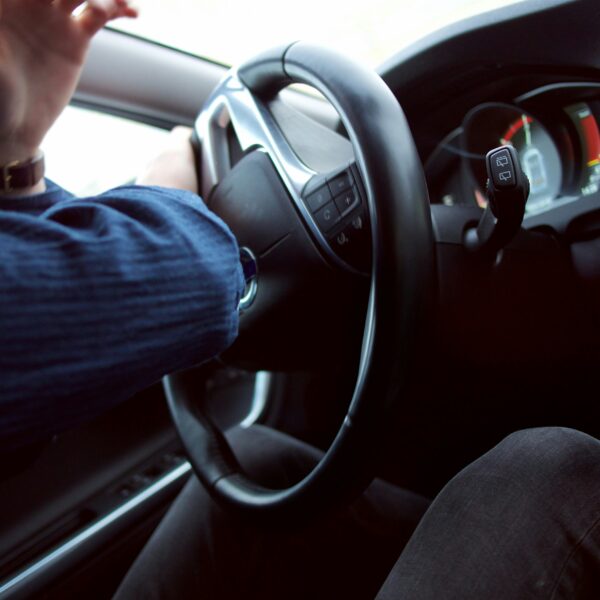When Can My Child Stop Using a Car Seat
If you are like most parents, then you have probably had to ask yourself the question: “When can my child stop using a car seat?” Transitioning your child away from the car seat and into a seatbelt is a big step and a decision that parents do not take lightly. This guide provides insight into this challenging question for many parents, and we explain when your child can stop using a car seat, the different types of car seats and how to keep your child (and yourself) safe while riding in the car.
When your child can stop using a car seat
You should transition your child away from the car seat once they exceed the manufacturer’s recommended weight or height limit for the car seat. This is typically around 80 pounds or 4-foot-9 inches in height. As it pertains to age, these requirements are generally met between 8 and 12 years of age. At this height and weight, your child should be able to fit comfortably and securely with a seatbelt, although your child may require a booster seat while they continue to grow. Of course, all parents will need to decide when they feel it is appropriate for their child to start using either a booster seat or an adult seat belt.
Reviewing the different types of car seats
Not all car seats are the same. Understanding the different types of car seats and what car seat is appropriate for certain age ranges is helpful. The most notable types of car seats include:
- Rear facing-only
- Convertible seat
- Forward-facing seat
- Harness seat
- Booster seat
- Seat belt
As children grow older, the seat they require changes. At a very young age (infants and toddlers), children require a rear-facing seat. By turning the seat around, your child has more support if an accident were to occur. Their head would go into the seat and absorb some of the blow.
When children are around the preschool age, they can begin transitioning to a forward-facing seat, particularly one that has a harness or is convertible. Once they reach school-age, then your child can begin using a booster seat. Older children that no longer require a car seat should be adequately supported by a seat belt, although children under the age of 13 should ride in the backseat.
Tips for installing your child’s car seat
It is important to properly install your child’s car seat. Be sure to follow the manufacturer’s instructions closely. A few tips to help you during the installation process include:
- Ensure the harness is just above the child’s shoulders
- Adjust the recline level to reach the appropriate angle
- Use the tether for extra protection for your child
- Run the seatbelt through the belt path (if applicable)
- Position the child’s car seat securely in the backseat
By following these tips, you should be able to properly install the child’s car seat. Of course, each seat will have unique instructions to follow. In general, you should make sure that the seat does not slide around while you are driving, your child is comfortable and they are securely fastened into the car seat.
Tips for safe driving with your family
While child car seats are important, it is even more important to take every precaution possible by driving safely with children in the car. Several tips to follow for safe driving include:
- Leave early to prevent rushing
- Do not speed or tailgate
- Service the brakes regularly
- Get an oil change every 3K miles
- Make sure all lights work properly
- Ensure you have reliable tires
- Limit driving during bad weather
Perhaps most notably, it is encouraged to limit the distractions as much as possible while you are driving. This includes not using your cell phone while you drive and not reaching for items that are out of reach. If you need to adjust the car seat or grab something that is out of reach, then pull over before doing so.
How to properly wear a seat belt (for children)
When wearing a seat belt, it should lie across the middle of the chest and over the shoulder. Often, the seat belt has a tendency to get up around the neck or throat area of children, especially if they are just barely big enough to use the adult seat belt. Make sure to adjust it and check it regularly.
The lap belt should be across the thighs rather than the stomach or toward the knees. It is also important to make sure your child feels comfortable. Otherwise, they may be tempted to pull on the seatbelt to adjust it themselves or consistently move around and lean forward, which could be dangerous. Lastly, never share seat belts with more than one child as it could be dangerous.
The importance of being a good role model
Children of all ages pick up on the actions of their parents. To help them develop good safety habits while in the car, be sure to set a good example. Of course, this starts with wearing your seatbelt every time you are in the car, regardless of how far you are driving. However, it should also include focusing on driving rather than talking on the phone. If you are a passenger, you can set an example by not distracting the driver and not fiddling with your seat belt. It is helpful to also remember that children have a tendency to play with their seat belts or child car seats. If they do so, try and correct them right away so that they can learn good habits that could carry over into their teenage and adult years.
The bottom line
Ultimately, it is the parent’s decision when they decide for their child to stop using a car seat, albeit one that should not be taken lightly. In general, it is recommended to stop using a car seat for your child once they outgrow the car seat manufacturer’s weight and height recommendations, around 80 pounds or 4 feet and 9 inches in height.
















good to know for my 4yo she uses a booster still
This is a great article. I often see small children that appear to be in the wrong car seat. I think some people just choose any kind of seat thinking about it.
It bothers me to see young children not using a car seat or sitting in the front of the car, which can be dangerous if the child is too small.
I just don’t understand how car seats have expiration dates. Doesn’t make any sense.